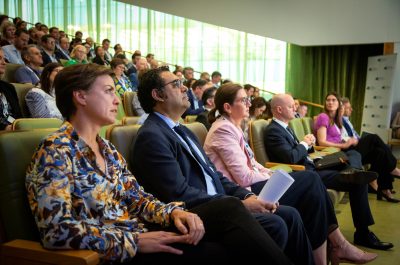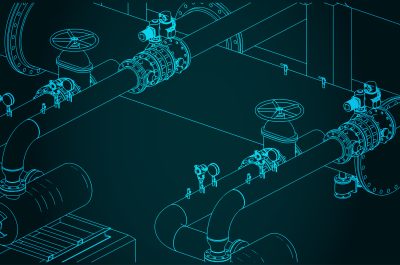Divorcing the NER – is it worth it?
Energy Networks Australia is proud to present its 2024 Regulation Seminar on 31 July, at the State Library of Queensland in Brisbane. The theme for this year’s event is ‘Beyond the wires: Regulation delivering for customers’. Read more or register here.
CutlerMerz is principal partner of the 2024 Regulation Seminar, and has provided some initial thoughts on some developing trends in the national energy regulatory landscape.
The beginning of the decade saw State Governments commence passing legislation to start divorcing the national electricity rules (NER), or in other words, allow States to plan and approve transmission development in a manner that bypasses the NER. The expected benefits included faster transmission builds, and better coordination between renewable generation and transmission investment, both leading to a cleaner future faster.
Nearly half way through the decade, and advocates of sticking by the NER will claim the state based programs have been marred by delays, cost blowouts, and we’re no closer to our clean energy future. It’s fair to say that pandemics, wars, and global competition over resources have not helped. However, are the levers required to overcome issues with the NER ones dealing with a stodgy set of rules, or are there underlying issues that are complex enough such that state based interventions will do little to shift the dial?
Let’s consider the issue of social licence, which relates to communities hosting transmission infrastructure accepting the impost brought about by that infrastructure. While sensitivity to societal needs may be more acutely felt by and acted upon by government, it can be argued that communities react consistently towards any proponent bringing about a profound change to their livelihood, whether they are government owned and operated or not.
Transmission access issues pertaining to congestion and curtailment of generators are being treated via new state based regimes which aim to create sufficient physical capacity to waste less of the potential renewable energy that can be generated. There remains a consequence, however, of creating large pockets of high capacity generation and transmission which are bottlenecked by weak links between these pockets.
Another issue relates to the incremental nature of the NER, and its propensity to require certainty of quantified benefits brought about by the presence of renewable energy generators before a transmission investment can be deemed economically efficient, thus creating a chicken and egg problem that delays the clean energy transition. This issue is somewhat offset, however, by the central planning function carried out by the Australian Energy Market Operator in its Integrated System Plan, which determines an
optimal development pathway for transmission development as well as renewable energy generation required. Furthermore, slower builds brought about by the more incremental NER, are also more likely to cost less, and that may be a strong preference for Australians during a cost of living crisis.
Interestingly, while not currently presenting as starkly as transmission, state governments can act on jurisdictionally based emission reduction targets for electrification outcomes which can in turn be translated into mandated step changes in distribution network investments. The prospective divorce of the NER in the distribution network relates to making better use of consumer energy resources, distribution connected batteries, and standalone power systems to increase community resilience. Advocates pushing for a shift in the rules and regulations claim better value to the overall system can be achieved by allowing increased distribution network control and capacity investment, while arguments in favour of the status quo surround cost and risk avoidance.
Australia is being observed by the entire world in its efforts to transform its energy system. This includes the global investor community, many of whom are eyeing the potential stable, long term returns from investing across the energy market value chain. A safe, stable and predictable environment is one often associated with investing in Australia. Therefore a key consideration in disrupting current market rules and regulations must also be of how this will impact our reputation as a safe haven for foreign direct investment which can significantly reduce the burden on the Australian tax payer.
Divorcing the NER may or may not be the best outcome for Australians, but in considering which parts of the NER we want to amend or abrogate from, it’s wise to slow down and consider the unintended consequences across the entire energy system (and in fact around the globe) before proceeding in a swift and deliberate manner to arrive at our clean energy future.
Access more information on the 2024 Regulation Seminar, or secure your ticket here.


